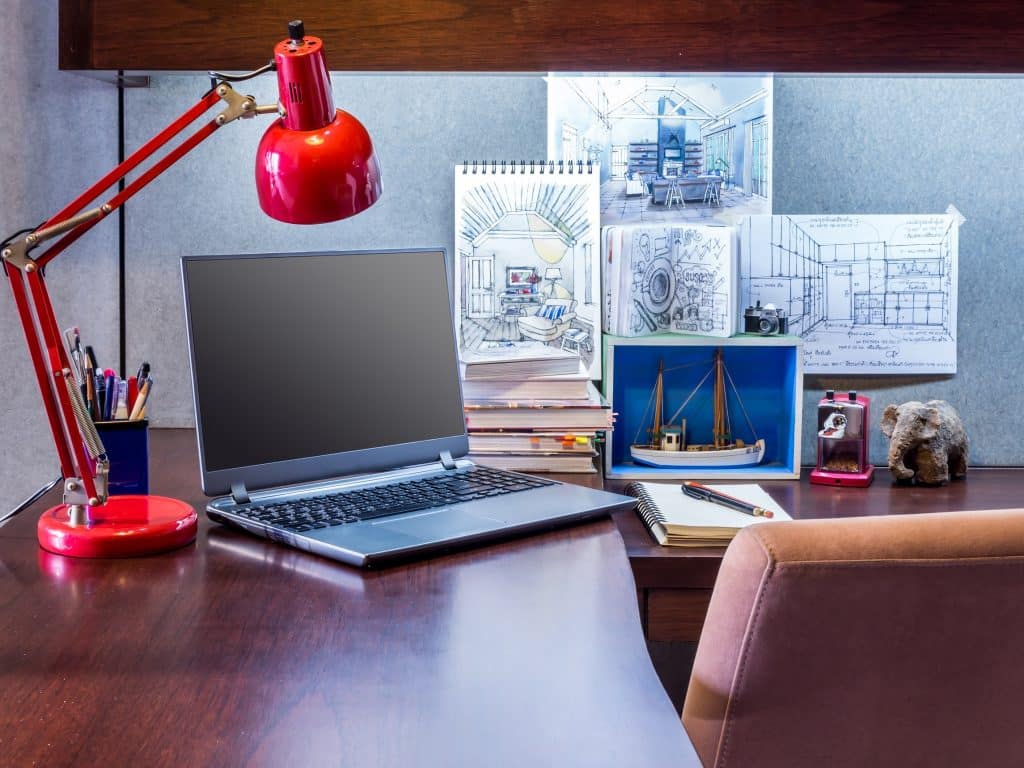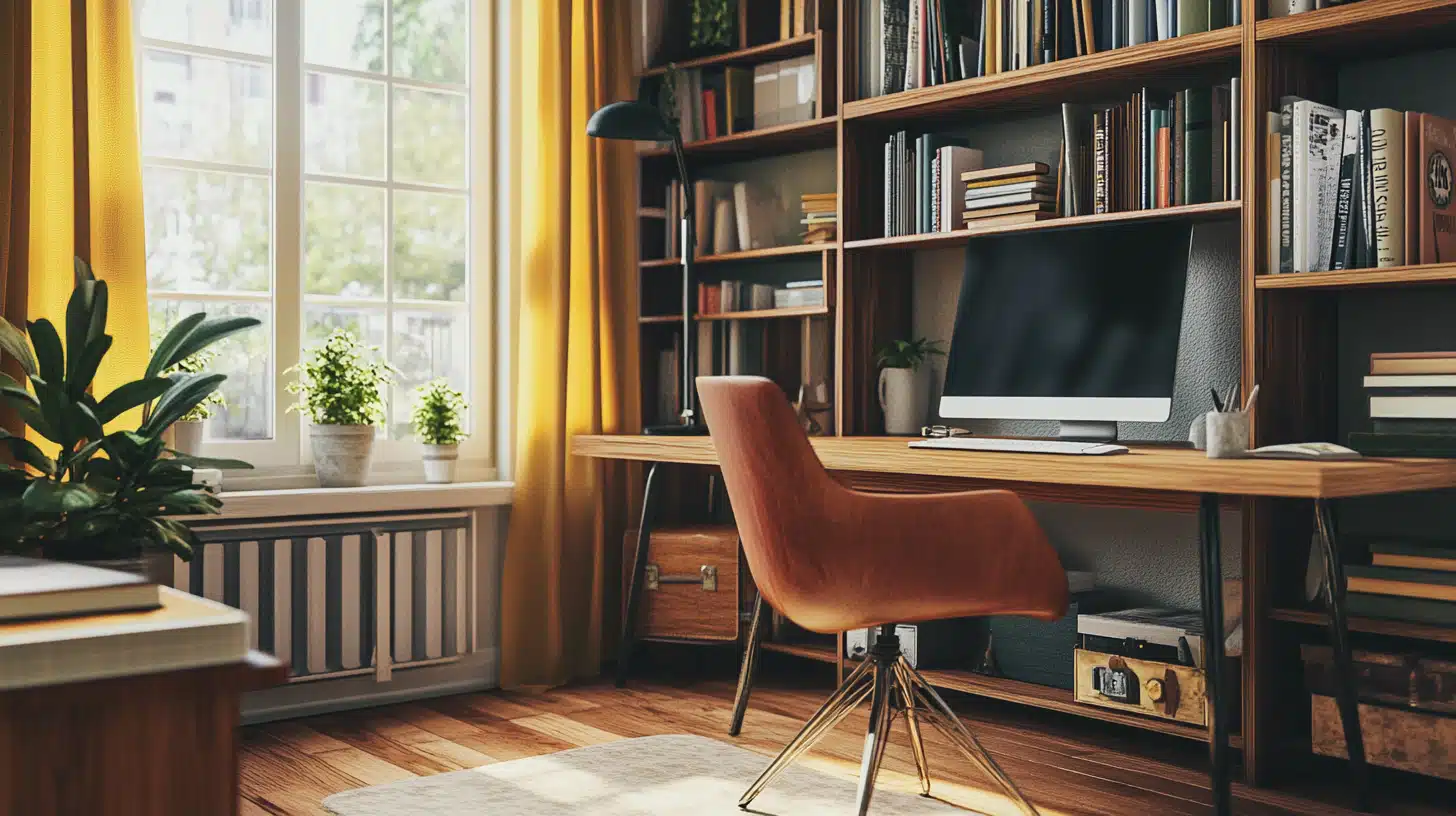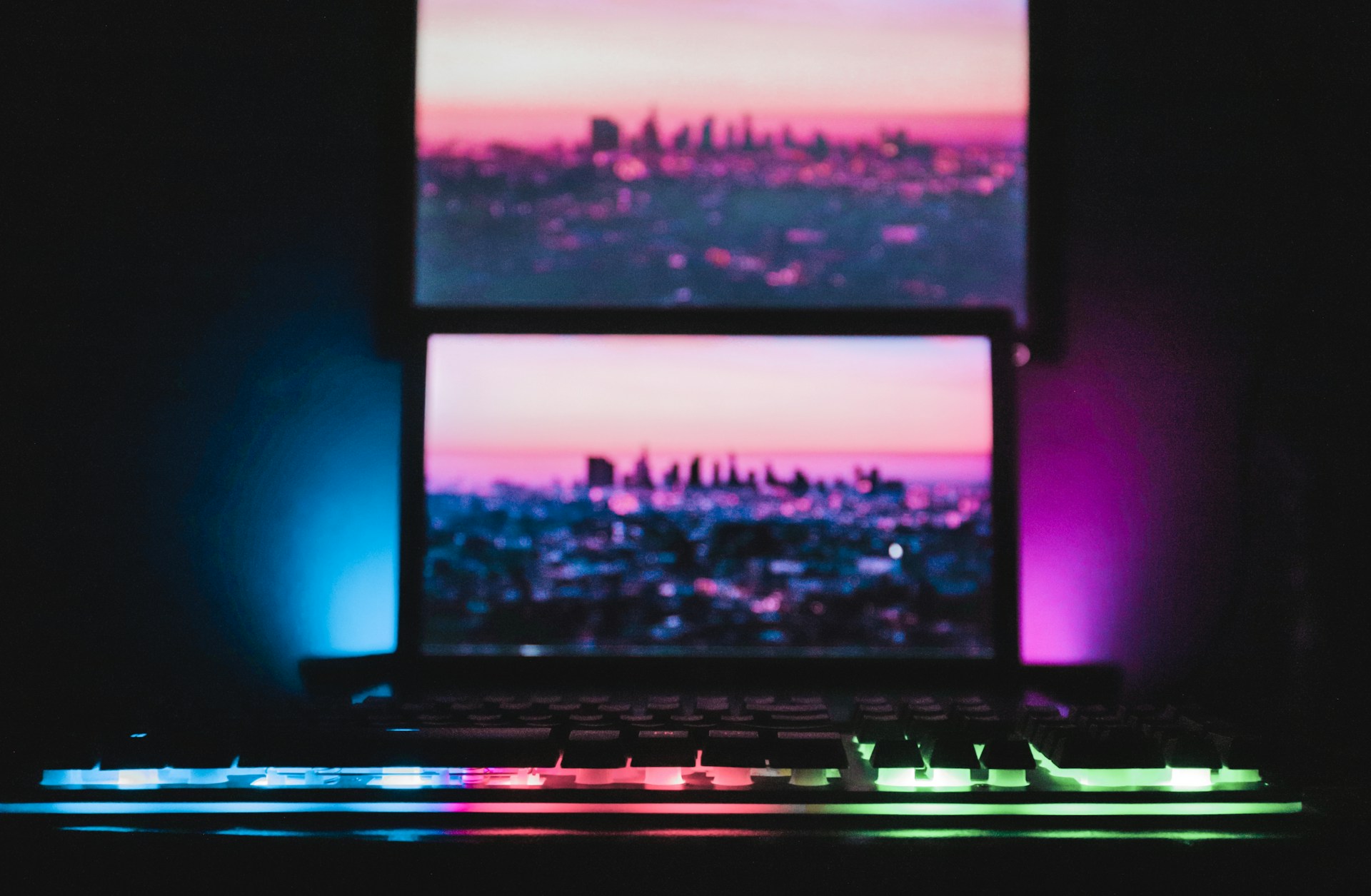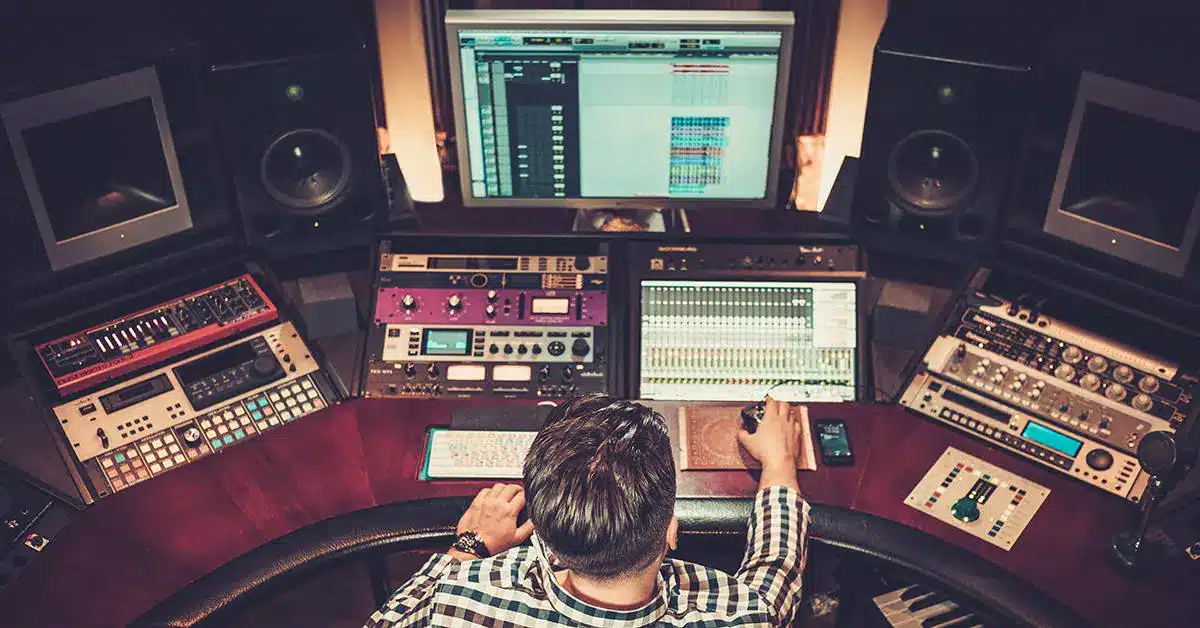How Home Design Can Influence Creativity and Focus in Essay Writing
In order to write an essay, you need to be creative as well as focus on your tasks. The place where you work has a big influence on the clarity and creativity of your ideas. Home design, by means of lighting and colours, to the layout of its furniture can positively or negatively influence your writing tasks.
If you’re struggling with essay writing, Ukwritings can help. They offer students a convenient way to buy essay online, providing access to top-quality academic work, even when you’re on the go with only roaming and no internet.
In this post, we are going to identify how the different aspects of home design can enhance your creativity while writing as well as focus.
Importance of Lighting in Your Workspace

Bright lights help to create a productive atmosphere. Dark lighting on the other hand can cause strain on your eyes, trigger a headache and lower your mood in general, hence making it difficult to break out of a writing session.
Natural light is the most suitable environment for a workplace, as research has shown that exposure to daylight can increase one’s mental clarity and boost energy. If you have a workspace with natural lighting, utilise it by placing a desk near the window.
When natural light isn’t an option, warm, soft lighting is a good choice. Harsh, bright lights are distracting; softer, warmer lights help people linger and feel comfortable. Bright lighting keeps your mind alert without exhausting your senses, letting you focus on the task at hand.
The right lighting can enhance focus, just as the best coursework writing services can enhance your academic performance by offering expert guidance when you need it most.
Task lighting vs. Ambient lighting
So, set up your writing nook to utilise both ambient lighting – the light emitting from the room – and task lighting – the light directed towards your desk that makes sure your task is illuminated. For ambient lighting, pick natural light sources like window shades wherever you can. For task lighting, ensure your writing station has a good desk lamp.
Declutter Your Space for Better Focus

The mind can be easily overwhelmed by disruptively uncluttered environments. The eyes react to multiple stimuli; therefore, a clean and organised working environment reduces the amount of visual input, which in turn can make you feel more relaxed and help you concentrate on writing.
A minimalist environment with just the bare essentials (your laptop, a notebook, maybe a plant) on your desk will help you give your attention to what matters; shelves or a desk organiser helps you keep everything in order and in its right place. A clear physical space helps clear your mental space and allows you to come up with new ideas for your essay.
Use Colour to Stimulate Creativity
The colours in your surroundings can instantly affect your mood and your creativity. Certain colours ignite your energy while some others help you to calm down and concentrate. If you design your working space either overly busy with stimulating colours or too minimal in extremely dull ones, the whole process of writing may become very hard or even impossible.
- Blue is a relaxing colour that can help alleviate anxiety, and is thus a good study colour.
- Green has a restorative effect, evoking balance and freshness, which can help with concentration.
- Yellow is good for boosting creativity and innovation, and so it’s a good choice if you are stuck for ideas (writer’s block).
You can encourage this state of mind by choosing colours that complement your personality and are conducive to your working style.
Comfort and Ergonomics Matter
For a typical long writing session it is very important to have a good comfortable chair and a desk that is quite low and well organised. If you do not have a comfortable position to sit you will easily get tired and feel discomfort in the back. This makes writing quite difficult.
Having an ergonomic chair will help you to sit up properly and keep your attention for longer. The desk needs to be the right height to bring your elbows at a 90 degree angle. This helps you avoid straining your arms and shoulders. Keeping your eyes at the level of your screen also prevents neck strain.
The greater your comfort, the less you’re apt to be distracted by it; the more capable of writing.
Incorporating Nature for Mental Refreshment
There are a few ways you can bring nature indoors to help boost your creativity. Surrounding yourself with plants provides you with a natural way to detoxify your indoor space, oxygenate the air and lower your stress levels. Having a desk plant, or a larger one in the vicinity, gives you a mental vacation when you need it, and helps refresh your mind.
Even a picture of nature, or an easily accessible view of the outdoors, can be calming and help promote new ideas. Presence of greenery and other natural elements can make the space feel more grounded and balanced, a factor that influences both focus and creativity.
Comparison of Design Elements for Focus and Creativity
|
Home Design Element |
Enhances Focus |
Boosts Creativity |
|---|---|---|
|
Lighting |
Natural and soft lighting improves focus by reducing eye strain. |
Warm tones encourage a relaxed and creative mindset. |
|
Clutter-free Space |
An organised, minimalistic space reduces distractions. |
A clear space allows for free thinking and idea generation. |
|
Colour Scheme |
Blues and greens promote calm and focus. |
Yellow and other bright colours stimulate creative thinking. |
|
Ergonomics |
Proper seating and desk setup prevent physical discomfort. |
Comfort allows for longer writing sessions without distraction. |
|
Nature Elements |
Plants and natural elements reduce stress and aid concentration. |
Nature-inspired surroundings lead to more creative insights. |
Personalise Your Space
And it goes without saying that taking the time to make your workspace feel like your own will make it more inviting and will elevate your mood while you’re at work. Hang pictures or paintings. Put up inspirational or thought-provoking quotes.
Place photos of your friends, your family, your pets or even your dreams. Don’t go overboard: don’t crowd your space with objects that tax your attention, but do make sure that these items function as gentle reminders to keep you on track or to stir up creative thoughts.
While you’re at it, personalising your writing space is another great way to make it feel like home. (Remember, however, that less is more! Don’t get too caught up in interior-designing your personal space. You want to make it feel like yours, but you don’t want to fill it to the brim with potential distractions. Small touches of inspiration are all you need to keep your motivation levels high.)
Creating a Routine Through Design
Regularity of your environment helps you form writing habits. Try to arrange your work space so that it signals to your brain that it’s time to concentrate. Maybe you always make sure your desk area is clear before writing begins, or you light a particular candle when you sit down.
Putting your workspace on automatic can speed up your brain’s recognition that it’s time to get writing. With use, the association between your space and your ability to write becomes stronger. You’ll be able to get going faster on your essays.
Conclusion
Essential to the process of thinking and writing is how your home is designed in ways that facilitate focus and creativity. Consider how proper lighting, colour schemes, ergonomic furniture and plants that enhance your well-being can make a difference.
Decluttering, bringing the outdoors into your writing space, and personalising your environment are practices that promote your writing goals.







